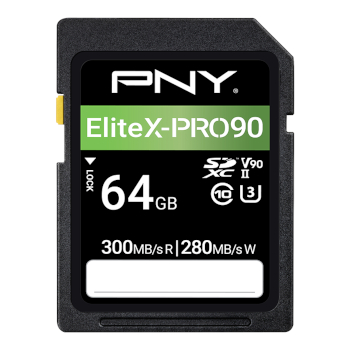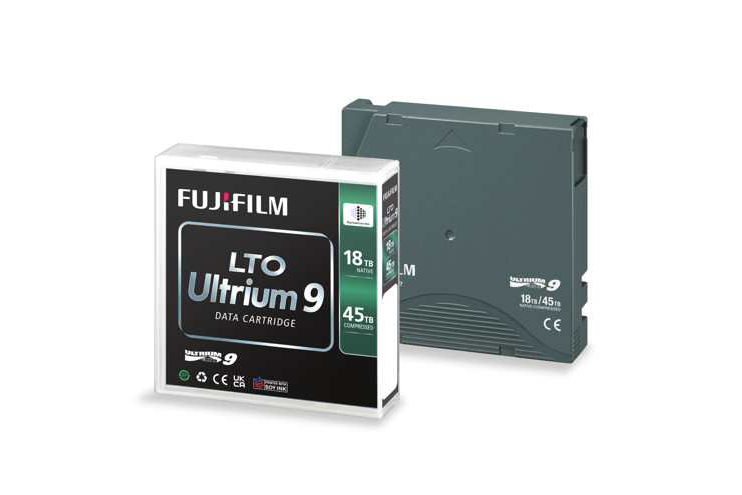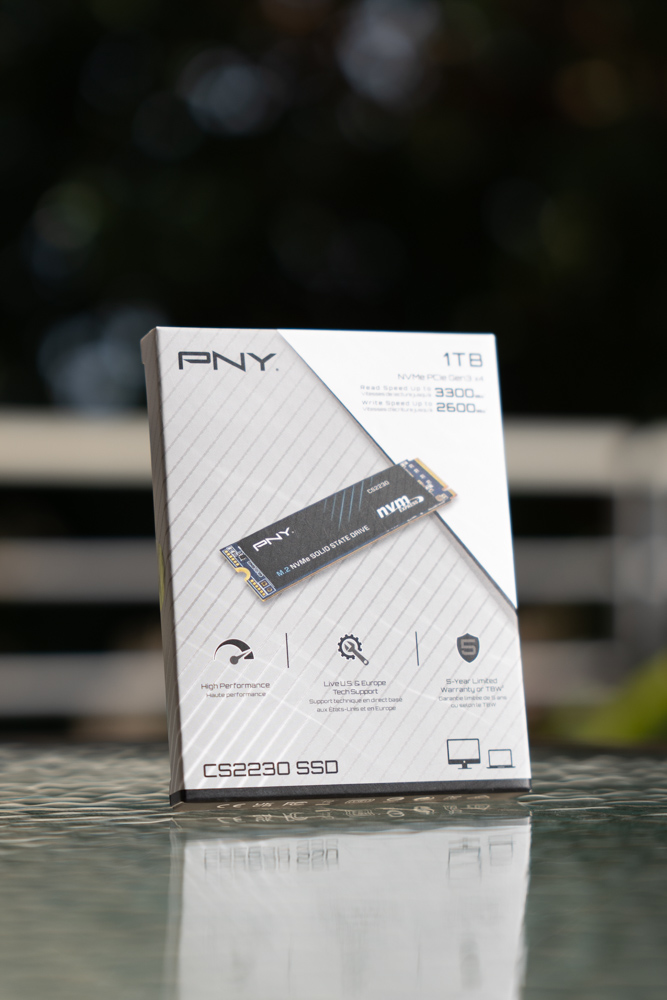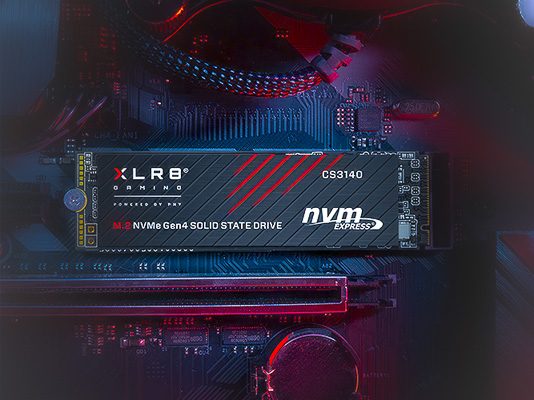In this free guide, we’re unraveling the secrets of SD Cards, ensuring you understand which type best fits your needs without burning a hole in your pocket.
1. What is an SD Card?

An SD Card or Mini SD Card is a standard storage card used in devices to store photos, videos, and other data (files, documents, etc.).
It is used most often in photography and video to capture photos and videos with many different devices (Cameras, drones, action cameras, etc.).
2. SD Card Camera Compatibility
What type of SD Card does your camera support? Review your camera’s manual or specifications to determine the supported SD card types and capacities. Some cameras may only support SDHC or SDXC cards.
3. Recommended by the Manufacturer
Every camera brand recommends the “best” SD card tailored to your model.
Take the Fujifilm XT5, for instance. Head over to the official Fujifilm website, and you’ll find a list of suggested SD cards.
4. Anatomy of an SD Card
So, you’ve got this SD card with many mysterious numbers. What do they even mean?
Let’s break it down and explain each number. We’re diving into the nitty-gritty to help you figure out what each of these digits is all about and whether you need to pay attention to them.
After understanding these numbers, you can select the best SD Card for your camera.
SD: Secure Digital – 512MB, 1GB, 2GB
An SD Card, or Secure Digital Card, is a compact and versatile memory card for portable storage in devices like cameras, smartphones, and more.
It comes in various sizes and capacities, utilizing flash memory for data storage. The term “Secure” indicates built-in security features.
SDHC: Secure Digital High Capacity – 4GB, 8GB, 16GB, 32GB
SDHC (Secure Digital High Capacity) is an expanded SD Card format with increased storage capacity, using flash memory for data storage.
Widely used in cameras and smartphones, SDHC cards offer convenient and secure portable data storage, ranging from gigabytes to terabytes.
SDXC: Secure Digital Extended Capacity – 64GB, 128GB, 256GB, 512GB, 1TB, 2TB
SDXC (Secure Digital eXtended Capacity) is an advanced SD Card format that uses flash memory for larger storage capacities.
Widely used in devices like cameras and smartphones, SDXC signifies an extended capacity beyond standard and high-capacity SD cards.
From gigabytes to terabytes, SDXC provides a secure and expansive solution for portable data storage.
UHS Speed Class: UHS-I, UHS-II
UHS-I and UHS-II refer to different speed classes within the SD Card standard. UHS-II offers faster data transfer speeds (up to 312 MB/s) than UHS-I (up to 104 MB/s).
UHS-II cards have additional pins for parallel data transfer, making them ideal for tasks like 4K video recording and high-speed photography.
UHS-I is more common, compatible with most devices, and generally more affordable, while UHS-II may be necessary for specific high-performance applications.
Read Speed
The read speed of an SD card is the rate at which data can be transferred from the card to your computer.
Write Speed
Write speed on an SD card refers to the speed at which you can save or transfer data from your device (e.g., camera or smartphone) to the SD card. It measures how quickly the SD card can write and store information, crucial for capturing high-resolution photos or recording videos.
Video Speed v30, v60, v90
Video Speed Class (V30, V60, V90) is a classification system for SD cards specifically designed to indicate the minimum sustained write speeds for reliable video recording. Here’s a breakdown of each class:
- V30: Minimum 30MB/s, suitable for Full HD (1080p) and lower bitrate 4K video.
- V60: Minimum 60MB/s, designed for more demanding tasks, including higher-bitrate 4K video.
- V90: Minimum 90MB/s, ideal for professional-grade video, exceptionally high-resolution 4K and 8K content.
Choosing the appropriate Video Speed Class depends on the video recording requirements of your device. For standard video recording, a V30 card is often sufficient.
If you’re working with more demanding video formats or professional applications, upgrading to a higher class like V60 or V90 ensures smoother and more reliable video capture.
5. What is the Best Value for Money SD Card
The best value-for-money SD Card is a v30 UHS-I SD Card type with 256GB at approximately $30 and 512GB at roughly $60.
The v60 UHS-II is a better option for faster SD Cards than the v90 UHS-II. To keep the cost down for 256GB, you pay $60; for 512GB, you spend $110.
The v90 UHS-II SD Cards rank the highest and are the most expensive. For 256GB, you pay $280; for 512GB, you pay $625!
6. Which SD Card is best for landscape and travel photography?
According to my recent research, you don’t need to spend much on SD cards for everyday photography and videography. Here’s what would fit best your needs:
The UHS-I v30 SD Cards have up to 200MB/s read speed and 130MB/s write speed for regular photography and 4K up to 60p video recording. These speeds are plenty for travel, street, and landscape photography.
For sports/action photography and 4K/8K ProRes/Blackmagic RAW video recording, choose UHS-II v60 or v90 SD Cards with up to 300MB/s Read speed and 280MB/s Write speed. These SD Cards can fulfill the highest demands.
7. Which SD Card is best for video up to 8K 30p?
Based on the capacity (512GB = $60) for recording video up to 8K 30p H.265, the best SD Card is a UHS-I v30 SD Card with bit rates up to 100Mbps.
The UHS-II v60 or v90 SD Cards are better and faster (yet more expensive), especially for external recording via HDMI (ProRes, Blackmagic RAW), and bit rates up to 600Mbps.
8. Which SD Card is best for professional photographers?
Professional photographers will need faster SD Cards because they want faster READ and WRITE speeds to speed up their workflow. We recommend using UHS-II v60 and v90 SD Cards.
9. Which SD Card reader is best for transferring photos and videos?
Data transfer rates when moving files to your computer depend on your device’s specifications. Modern laptops, such as the Apple MacBook M3 Pro 14″, boast rapid internal transfer speeds, allowing swift copying of your SD card photos in just a few seconds, contingent on your SD card’s read speed.
Desktop users must acquire an SD Card Reader separately, as it is not included in the standard setup. Transfer speeds on these devices fluctuate based on data connectivity and interface.
For optimal performance, opt for a card reader with USB-C 3.2 Gen2x2 (capable of speeds up to 20GB/s) or Thunderbolt 4 (offering speeds up to 40GB/s).
10. What are the best SD Card Brands in the market?
The best SD Card brands as of 2023 are the following:
- PNY
- SanDisk
- Sony
- Prograde
- Sabrent
- Lexar
- Samsung
- Kingston
Summary
Selecting an SD card involves balancing three key considerations: budget, intended use, and whether it’s for personal or professional purposes.
Determine your budget range, identify whether you’ll predominantly use the card for photos, videos, or both, and assess whether your needs align more with personal or professional usage.
This thoughtful approach ensures that you find an SD card that meets your technical requirements and fits well within your budget.



